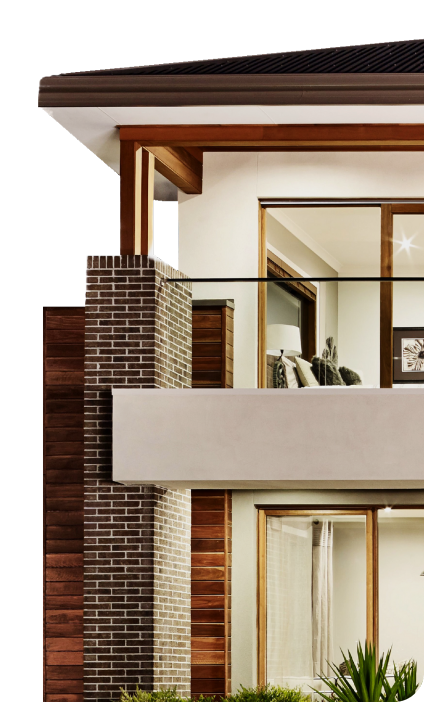Make buying your new home easier by getting an estimate of your price range. Our free home affordability calculator will do the math for you, that way you can house hunt for something that fits perfectly into your budget.
Let’s get started!
If you’re ready to buy a home, you need to know what your price range is. Our Home Affordability Calculator helps you determine the price of a home that fits perfectly in your budget.
Debt-to-Income Ratio:
0-36%: Affordable
37-42%: Stretching
43% or higher: Aggressive
These calculations are tools for learning more about the mortgage process and are for educational/estimation purposes only. Payment shown does not include taxes, insurance, or mortgage insurance (if applicable). This does not constitute an offer or approval of credit. Contact a PrimeLending home loan officer for actual estimates.
For example, a Conventional fixed rate loan with the following terms: purchase price of $400,000, loan term of 360 months, down payment of 20%, and an interest rate of 7.625%, will result in an annual percentage rate of 7.722%. Rate pulled 05/01/24, rates subject to change. Loans are subject to borrower qualifications, including income, property evaluation, and final credit approval.
HOW MUCH OF A MORTGAGE CAN I AFFORD?
Knowing how much home you can afford is the first step to making your homebuying process easier. By using a home affordability calculator, you can get an idea of how a mortgage could work within your budget.
Things that impact how much mortgage you can afford include:
- Down payment — What you pay up front on a mortgage to get a lower interest rate or monthly payment.
- Gross annual income — Your gross annual income is what you make before taxes. Ideally, borrowers should aim to spend 28% or less of their gross annual income on a mortgage.
- Monthly debt — Monthly debts impact how much of a mortgage you can afford and may include credit cards, student loans, and child support, to name a few.
- Mortgage rate — Mortgage rate is the amount of interest you will pay on the principal of your mortgage and can raise your monthly payment depending on your mortgage type.
- Loan term — Your loan term determines the length or “life” of your mortgage. Popular loan terms include 30- and 15-year mortgages.
- Debt-to-income-ratio (DTI) — The percentage of your monthly income that goes toward your monthly debt.
Part of calculating mortgage affordability includes knowing your debt-to-income ratio or DTI. Your DTI is determined by your total monthly debt compared to your gross monthly income. Typical contributing factors to your DTI could include rent, student or auto loans, and credit card payments. Let’s look at an example together.
Say your monthly income is $4,000 and your monthly debts total $1,200. First, divide $1,200 by $4,000 for 0.3 as a result. Next, multiply 0.3 by 100 to find what your percentage will be. In this case, your DTI equals 30%. Ideally, most lenders look for a DTI of 43% or lower. The lower your DTI, the more mortgage benefits and programs you may qualify for.
Get qualified today. Click here to call and get started.
CAN I AFFORD A SECOND HOME?
From rental properties to vacation homes, many people dream of owning a second home. But is it in the cards for you? Whether or not you can afford a second home boils down to if it will fit in your budget. A home affordability calculator like the one above can help you determine if a second home will fit in your budget — be sure to include your current homeownership costs in the “monthly debt” section.
As with your first home, a second home will come with additional expenses. Building equity in a second home could be a great idea, but if it leaves you without much financial leeway, now might not be the right time to buy your second home. Costs associated with buying a second home you should factor into your budget include:
- Property taxes. These vary based on location, so be sure to look into what the average property taxes are where you want to buy a second home.
- Utilities. The utility bills for your second home may be lower considering you probably won’t be there all the time.
- Maintenance. Just because you don’t live there 24/7 doesn’t mean there won’t be some upkeep like roof maintenance, lawn care, and painting, to name a few.
When in doubt, talk to your PrimeLending loan officer about your mortgage options and if buying a second home would be an advantageous move for you.

